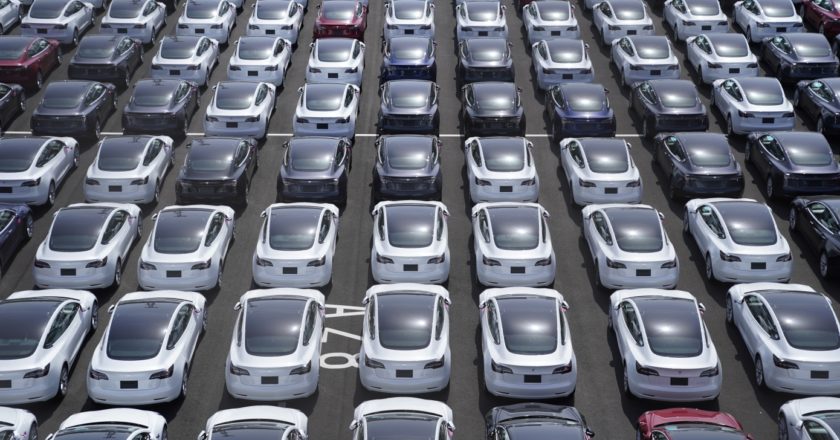The autopilot Tesla car was introduced in Oct. 2015. The company was gradually releasing more software updates and created the “Autopilot Update,” with the release of version 7.0 of Tesla OS. Years later, on Saturday Oct. 23, 2021, Tesla released version 10.3 of the Autopilot car. The company said that the new version has “Reduced false slowdowns” and improved vehicle semantic detections by adding 25,000 plus video clips to the training data set (Kolondy).
This version was pulled back on Sunday, Oct. 24, 2021 — a day after the update was released. Tesla immediately issued a recall of approximately 12,000 vehicles that were operating the Full Self-Driving Beta software version 10.3. It was reported that there were false collision warnings and unnecessary auto-emergency braking events (Hoffman).
The new update received a lot of backlash from many drivers and was said to be “Bad,” “Broken,” “Jank,” “Terrifying,” and “Almost undrivable.” (Stumpf). In response to these issues regarding the new update, Elon Musk, the founder and CEO of Tesla tweeted, “Seeing some issues with 10.3, so rolling back to 10.2 temporarily.” When people found out about the problems with version 10.3, many deemed it not very shocking, given the company’s recent history and reputation for not having the safest cars.
While it was not revealed why the car was experiencing these problems, Musk tweeted that it is “Impossible to test all hardware configs in all conditions with internal QA, hence public beta.”
A couple days after Musk tweeted this, Tesla revealed that the problem was because of a software communication disconnect between two onboard chips. Which, according to the company, could have possibly produced a “negative object velocity detections when other vehicles are present.”
Musk also revealed to Twitter that part of the problem had to do with the power saving mode. He wrote, “Issue turned out to be power saving mode interacting with FSD. Our internal QA fleet didn’t see this, because cars are constantly in use, so very rarely enter power saving mode. Internal QA will obv test this case going forward.”
Later, Tesla made another announcement on Oct. 29, 2021 saying that more than 99.8% of the vehicles, except for 17, had installed update 10.3.1, which meant that no further action would be needed (The Guardian). Tesla, as a company, is known to move rather quickly when it comes to updates and fixing unwanted bugs. Luckily, Tesla was able to deal with these problems and not many people were affected by the unexpected issues of version 10.3.
https://www.caranddriver.com/news/a38135302/tesla-autopilot-recall-fix/

